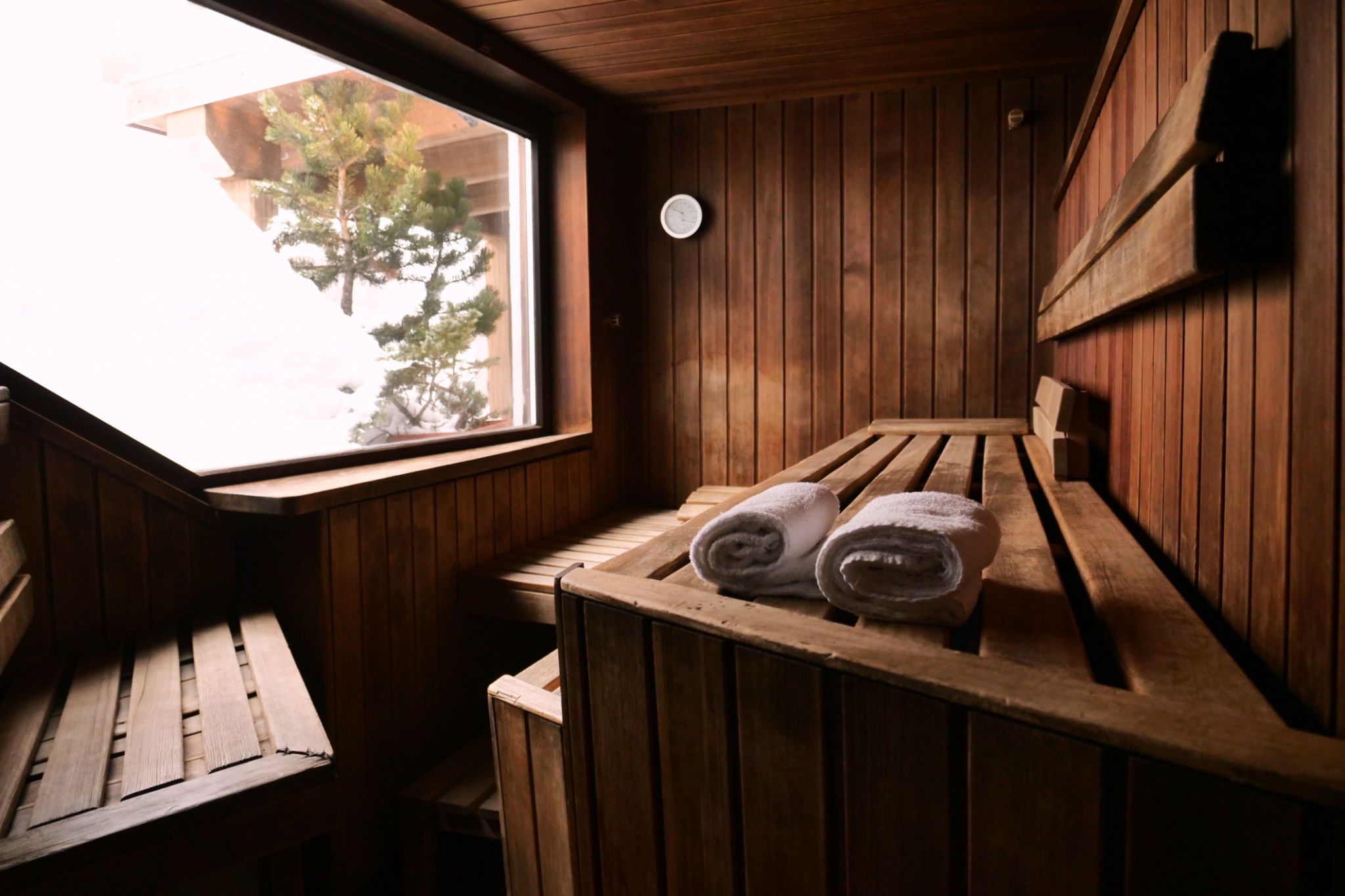Comparing Traditional vs. Modern Saunas: What’s Best for You?
Understanding Traditional Saunas
Traditional saunas, also known as Finnish saunas, have been cherished for centuries for their intense heat and therapeutic benefits. These saunas typically function by heating the air inside a closed room, reaching temperatures between 150 to 195 degrees Fahrenheit. The heat is produced by a stove, often using stones that can be splashed with water to create steam, enhancing the humidity levels.
The experience in a traditional sauna is characterized by high temperatures and moderate humidity. This combination can be invigorating and offers a range of health benefits such as improved circulation, relaxation of muscles, and detoxification through sweating. Traditional saunas are perfect for those who enjoy a more intense and classic sauna experience.

Exploring Modern Infrared Saunas
In contrast to traditional saunas, modern infrared saunas utilize infrared panels to emit radiant heat. This type of sauna heats the body directly rather than warming the air around you, resulting in a lower overall temperature, typically between 120 to 140 degrees Fahrenheit. Despite the lower temperature, infrared saunas are equally effective in promoting sweating and offering therapeutic benefits.
Infrared saunas are praised for their gentle heat and ability to penetrate deeper into the skin. This can offer additional benefits such as improved detoxification, enhanced skin health, and relief from joint pain and inflammation. The milder heat makes infrared saunas more accessible to those who find traditional saunas too intense.

Benefits and Drawbacks of Each Type
When deciding between traditional and modern saunas, it's important to consider the benefits and drawbacks of each type. Traditional saunas are known for their high heat and humidity, providing a vigorous experience ideal for deep relaxation and muscle recovery. However, they may not be suitable for everyone due to the intense heat.
Infrared saunas, on the other hand, offer a milder heat that can be more comfortable for longer sessions. They are also more energy-efficient and require less time to heat up. However, some sauna enthusiasts feel that infrared saunas lack the authenticity and deep heat sensation of traditional saunas.

Choosing the Right Sauna for You
Your choice between a traditional or modern sauna should depend on personal preference and health considerations. If you value a high-intensity experience and the classic sauna atmosphere, a traditional sauna might be your best option. Conversely, if you prefer a more gentle and energy-efficient solution, an infrared sauna could be more appropriate.
It's also important to consider space and installation requirements. Traditional saunas often need more space and ventilation due to their higher temperatures, while infrared saunas can be more compact and easier to install in various locations within your home.
Conclusion
Ultimately, both traditional and modern saunas offer numerous health benefits, and the choice comes down to individual preferences and needs. Whether you opt for the classic experience of a traditional sauna or the innovative approach of an infrared sauna, both can contribute significantly to your wellness routine.
Consider your personal health goals, space availability, and comfort level with heat when making your decision. Whichever option you choose, integrating regular sauna sessions into your lifestyle can enhance your physical health and mental well-being.